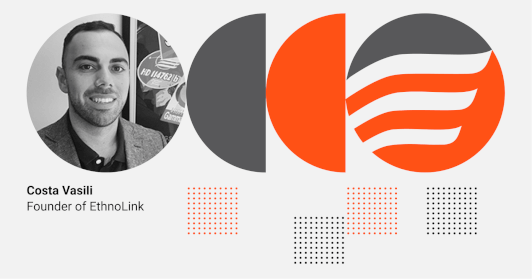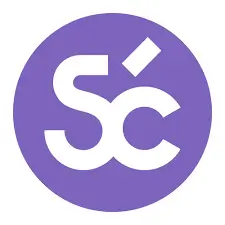For decades, language services customers could have quick turnover, low costs, or quality deliverables, but not all three. Given that digital technology is making it possible for communities across the globe to connect with each other, it’s essential for everyone to have access to quality translation services.
In this interview with Costa Vasili, the founder of EthnoLink, one of Australia’s largest languages service provider, we explore how modernizing translation processes makes it possible for them to offer quality translation services to the masses.
“We want to be a part of a new world of translation.”
Hey Costa, thank you for taking the time to speak with us. Could you provide some background into EthnoLink? How it came about and what you offer today.
Sure, EthnoLink is a language service provider that is founded on the idea that everyone should have access to quality translation services. To make it possible for anyone to access quality translation services, we take the best qualities of human translators — skills, experience and cultural understanding — and combine those with technology to reduce translation costs and decrease project turnover times.
I founded EthnoLink in 2011, and since then we’ve become one of Australia’s largest providers of translations. A few of the services we provide are community and health translation, InDesign translation, legal translation, marketing translation and localization, and technical translation.
Today, many of our customers are very early-stage translation users that haven’t used such services before. Because of this, we try keeping things simple for them. We focus on understanding their objectives, and how to achieve their goals.
All good stuff. Now, can you tell us what sets EthnoLink apart from competing language service providers?
Sure, great question. Almost all our translators are certified by the National Accreditation Authority for Translators and Interpreters (NAATI), which is Australia’s national standards and accreditation body for translation professionals. We have over 1,800 translators in our network that offer over 150 languages, enabling us to serve as a one-stop-shop for customers that need translation-related services.
How did you manage to source 1,800 translators, and how do you effectively manage them all?
In the past, we used a variety of traditional methods to source translation talent, such as job boards and word-of-mouth messaging, however since adopting Smartcat, we've also begun translator recruitment through the Smartcat marketplace.
To effectively manage projects at scale, we’ve incorporated Smartcat into all stages of our project management workflow so that we can split projects between linguists and then have a single editor piece everything together.
“We’re in an isolated part of the world, and sometimes the adoption of technology is slower compared to other regions.”
Given the success of your agency, why did you choose to work with Smartcat?
When EthnoLink was first launched, our agency primarily used manual processes, which kept us from being as efficient as we could be. We couldn’t get our costs down to a point where the prices were in line with what customers were willing to pay. That’s the reason we sought a technological solution that would enable us to improve efficiency and reduce costs, without sacrificing quality.
When evaluating translation management tools for LSPs, we found that many tools weren’t a fit for us because they had complicated interfaces, or they limited the number of translators that could work on a project simultaneously. Additionally, many programs also charged per seat, which made them cost-prohibitive.
How does Smartcat help EthnoLink’s teams improve their efficiency?
By using Smartcat, our project managers can rapidly assemble a translation team through our talent pool, or through the Smartcat marketplace. Once we have the translators selected, our project managers assign translators their tasks, and we have an editor work to piece together the translated content.
Since Smartcat is a simple cloud-based solution, our translators can immediately start their projects rather than spending time learning how to use additional tools. Most of our translators appreciate not having to download additional software and overcoming the learning curves of adopting new software.
On our end, since Smartcat doesn’t impose limitations on simultaneous users, we’re able to take on projects of all sizes without worrying about astronomical costs.
Those things in mind, one of the most valuable features of Smartcat is its support for translation memories. This enables us to ensure consistency across translated content, while also reducing costs.
That’s all great to hear. Would you happen to have any specific figures or metrics that you can attribute to modernizing your translation workflows?
Sure. Since moving our translation processes to Smartcat, we’ve seen an average cost savings of 24% and translation projects that would take ten days now only take a week to complete.
Client quote
The interactions that the EthnoLink team has had with Smartcat, have been fantastic. And this cannot be understated. It’s just one thing to have a great product, but the difference is to have a trusted partner who you can develop relationships with, and who are interested in the success of your agency and who genuinely take the time to assist you. Because they understand that when you succeed, they succeed.
Subscribe to our newsletter


